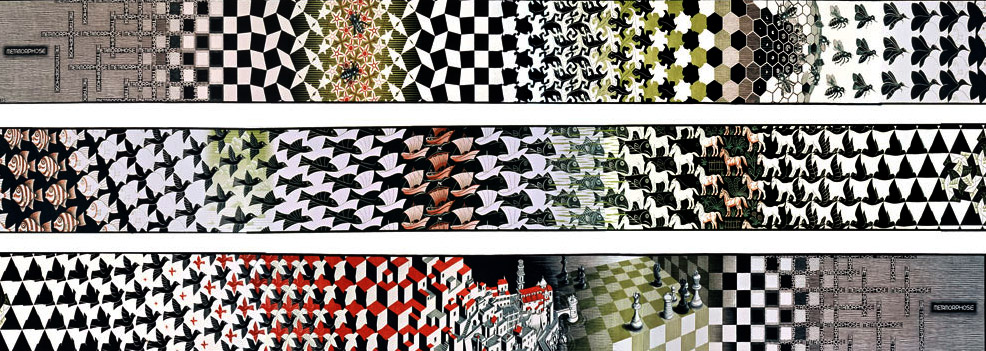

Press

by Nicolas Sterner for The Boston Musical Intelligencer
Accompanying and accompanied by the formidably refined artistry of the Miró Quartet (Daniel Ching, violin I; William Fedkenheuer, violin II; John Largess, viola; and Joshua Gindele, cello), A Far Cry presented “Loss and Resurrection” on Friday in Jordan Hall. Curated by A Far Cry’s own Jae Cosmos Lee, the show contrasted and wove together works resonating with the penitence, nostalgia, liberation, and spiritual values of both Passover and Good Friday: Beethoven’s String Quartet No. 16, Op. 135 in F Major (arr. Alex Fortes), Kevin Puts’s Credo (arr. Jae Cosmos Lee), and R. Strauss’s Metamorphosen, study for 23 solo strings. Indeed, A Far Cry’s programmatic pairings, with their frequent philosophical and musically metaphysical leanings, continue to be a much-appreciated trademark of the “Crier” style.
Beethoven’s convivial and immensely contemplative quartet, with its famous last movement “Der schwer gefaßte Entschluß” (The Difficult Decision) and its enveloping “Es muss sein” motif, explores the spiritual dimensions of the composer’s last major work – still at odds with the ways of the world and life, in its fated atrophy towards personal chaos. A Far Cry’s arrangement by crier Alex Fortes, violin, proved effective in accompanying and amplifying the Miró Quartet, who led the overall shape of the interpretation.
The Late Period works of Beethoven enter completely uncharted territory, and in numerous musicological ways, open the gates to the 20th

The idea of an artistic metamorphosis, as perhaps the highest form of aesthetic and philosophical accomplishment, reminds me of M.C. Escher’s own “Metamorphose II,” currently exhibited at the Museum of Fine Arts. Art should express universal truths of the human psycho-social experience without attachment to explicit meanings and interpretations; art’s elasticity lies in its fluidity of meanings. A Far Cry and the Miró Quartet accomplished just that.